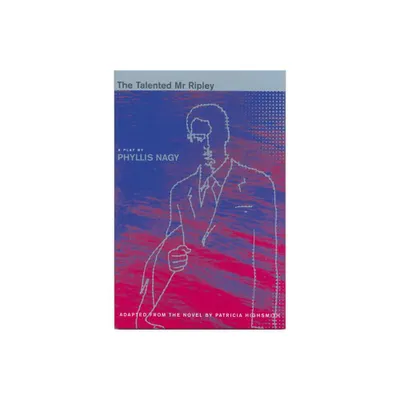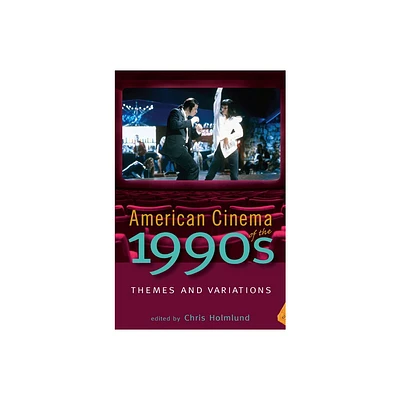Home
Cinema of Pain: On Quebec's Nostalgic Screen
Loading Inventory...
Barnes and Noble
Cinema of Pain: On Quebec's Nostalgic Screen
Current price: $42.99


Barnes and Noble
Cinema of Pain: On Quebec's Nostalgic Screen
Current price: $42.99
Loading Inventory...
Size: Paperback
*Product Information may vary - to confirm product availability, pricing, and additional information please contact Barnes and Noble
Since the defeat of the pro-sovereigntists in the 1995 Quebec referendum, the loss of a cohesive nationalistic vision in the province has led many Québécois to use their ancestral origins to inject meaning into their everyday lives.
A Cinema of Pain
argues that this phenomenon is observable in a pervasive sense of nostalgia in Quebec culture and is especially present in the province's vibrant but deeply wistful cinema.
In Québécois cinema, nostalgia not only denotes a sentimental longing for the bucolic pleasures of bygone French-Canadian traditions, but, as this edited collection suggests, it evokes the etymological sense of the term, which underscores the element of pain (
algos
) associated with the longing for a return home (
nostos
).
Whether it is in grandiloquent historical melodramas such as
Séraphin: un homme et son péché
(Binamé 2002), intimate realist dramas like
Tout ce que tu possèdes
(Émond 2012), charming art films like
C.R.A.Z.Y.
(Vallée 2005), or even gory horror movies like
Sur le Seuil
(Tessier 2003), the contemporary Québécois screen projects an image of shared suffering that unites the nation through a melancholy search for home.
A Cinema of Pain
argues that this phenomenon is observable in a pervasive sense of nostalgia in Quebec culture and is especially present in the province's vibrant but deeply wistful cinema.
In Québécois cinema, nostalgia not only denotes a sentimental longing for the bucolic pleasures of bygone French-Canadian traditions, but, as this edited collection suggests, it evokes the etymological sense of the term, which underscores the element of pain (
algos
) associated with the longing for a return home (
nostos
).
Whether it is in grandiloquent historical melodramas such as
Séraphin: un homme et son péché
(Binamé 2002), intimate realist dramas like
Tout ce que tu possèdes
(Émond 2012), charming art films like
C.R.A.Z.Y.
(Vallée 2005), or even gory horror movies like
Sur le Seuil
(Tessier 2003), the contemporary Québécois screen projects an image of shared suffering that unites the nation through a melancholy search for home.


















